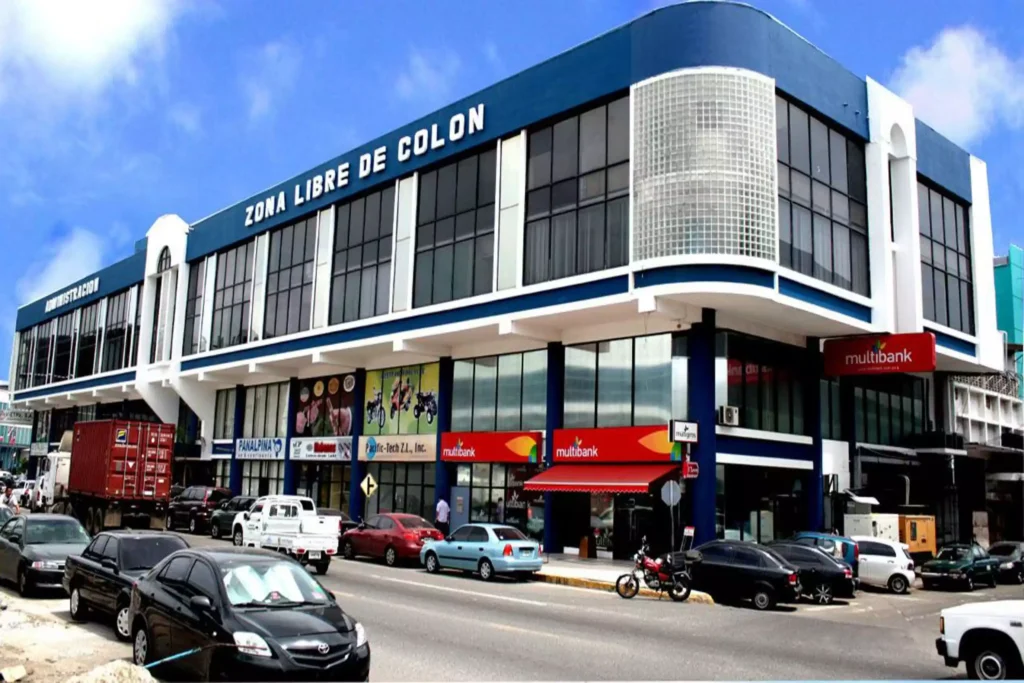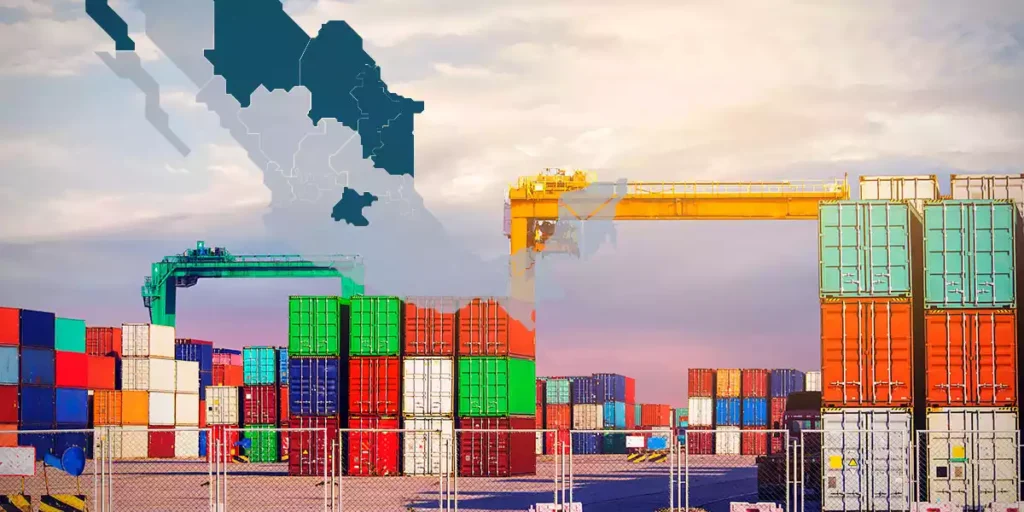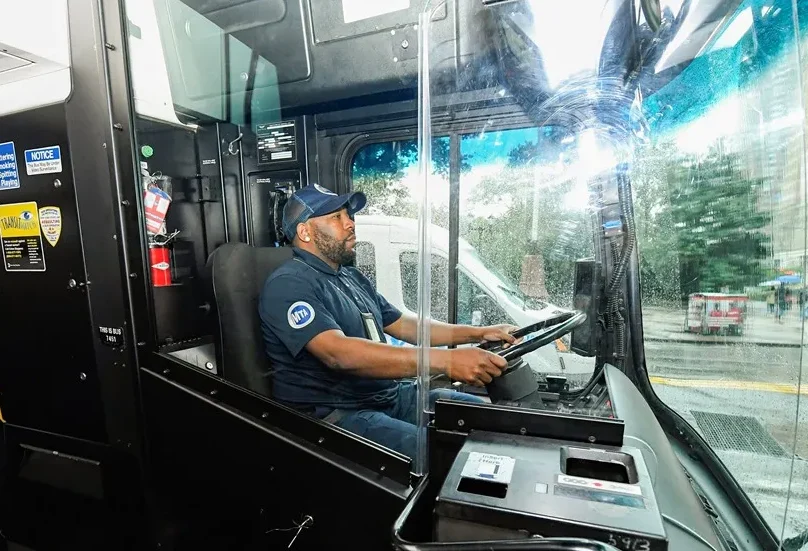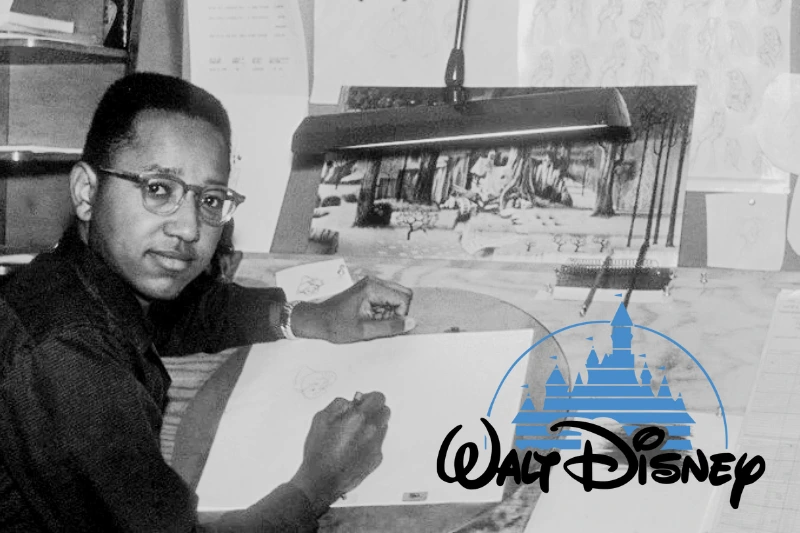A Latin American Trade Hub: The Panama Free Trade Zone

The Panama Free Trade Zone is one of the largest in the world and stands as a major source of income and attraction in this Latin American country.
Located just a few kilometers from the Panama Canal in Colón, the Panama Free Trade Zone is considered the second largest in the world, facilitating a wide range of economic activities.
This massive commercial city hosts official offices of prominent global brands, catering to both retail and wholesale markets.
With over 1,800 operating companies, the Panama Free Trade Zone has become a perfect hub for export, import, manufacturing, sales, marketing, and distribution activities.
It’s important to note that this area is exclusively dedicated to commercial exchange for visitors and investors.
To give you an idea, it covers an area of 1,604 hectares, completely delimited in Colón.
Politically, it functions as an autonomous entity within Panama and is located on the Caribbean coast.
As a tourist, you can only enter with your passport, and this privilege is granted to those who have spent less than 90 days in the country or possess a special permit.
The Panama Free Trade Zone handles services and centers for the import, storage, packaging, and re-export of products from all over the world, especially electrical appliances, pharmaceuticals, spirits, and more.
The main imports come from China, Singapore, and the United States, destined for countries in South America, Central America, and the Caribbean.
With over 2,600 user companies, it attracts investors, tourists, and locals looking to invest and purchase goods at wholesale prices, free from import and export taxes.

The Panama Free Trade Zone: Areas
The Colon Free Trade Zone is composed of nine segregated areas. The Casco Viejo de la ZLC concentrates the showcases and showrooms of various companies.
The France Field area operates merchandise storage centers due to its proximity to the Manzanillo International Terminal and Colon Container Terminal ports.
The other seven segregated areas in the free trade zone are Coco Solo, Coco Solito, 20 de Diciembre, Parque Logístico, the Enrique Jiménez Airport, Isla Margarita, and Davis, where multinational distribution centers such as HP, Huawei, Koyo, and Payless Shoesource are located. Each area offers unique opportunities for business development.
Cargo transportation within the Colon Free Trade Zone operates through a multimodal transport system called the Multimodal Logistics Platform of World Trade.
This system utilizes maritime ports like Manzanillo International Terminal, Colon Container Terminal, Puerto de Cristóbal, the Panama Railroad, the Enrique Adolfo Jiménez International Airport, and the Panama-Colón Highway.
The idea of establishing a free trade zone in the Colón area was discussed as early as 1917, three years after the opening of the Panama Canal.
The Chamber of Commerce of Colón presented the project for a free trade zone in 1929, but it gained serious consideration after World War II in 1948.
Enrique A. Jiménez, the president in 1945, took the initiative to make the free trade zone project a reality, leveraging the strategic geographical position of the ports and the interoceanic waterway.
In June 1948, a 36-hectare autonomous entity was created where product trade would be tariff-free and have minimal paperwork.
The Colon Free Trade Zone gained its own legal personality, dependent only on the Presidency of the Republic and the General Comptroller of Panama.
Starting in 1970, when Panama became an international banking center, more companies established themselves in the free trade zone.
In 2004, a significant portion (87%) of all imports into the Colon Free Trade Zone primarily came from Hong Kong, Taiwan, the United States, Japan, Korea, France, Mexico, Italy, Switzerland, the United Kingdom, Malaysia, and Germany.
In the same year, Colombia emerged as the largest buyer of goods, accounting for nearly 16% of all its exports.
Dividends stemming from foreign operations or those executed abroad are subject to a 5% dividend tax, as established by Law 8 of 2010.
Companies domiciled in the Panama Free Trade Zone are also subject to paying a 1% annual tax on their net asset value at the end of their fiscal year, known as the Operation Notice tax.
Though relatively low, this tax did impact certain companies.
Also read: Prominent Panamanian Entrepreneur: Stanley Motta.





